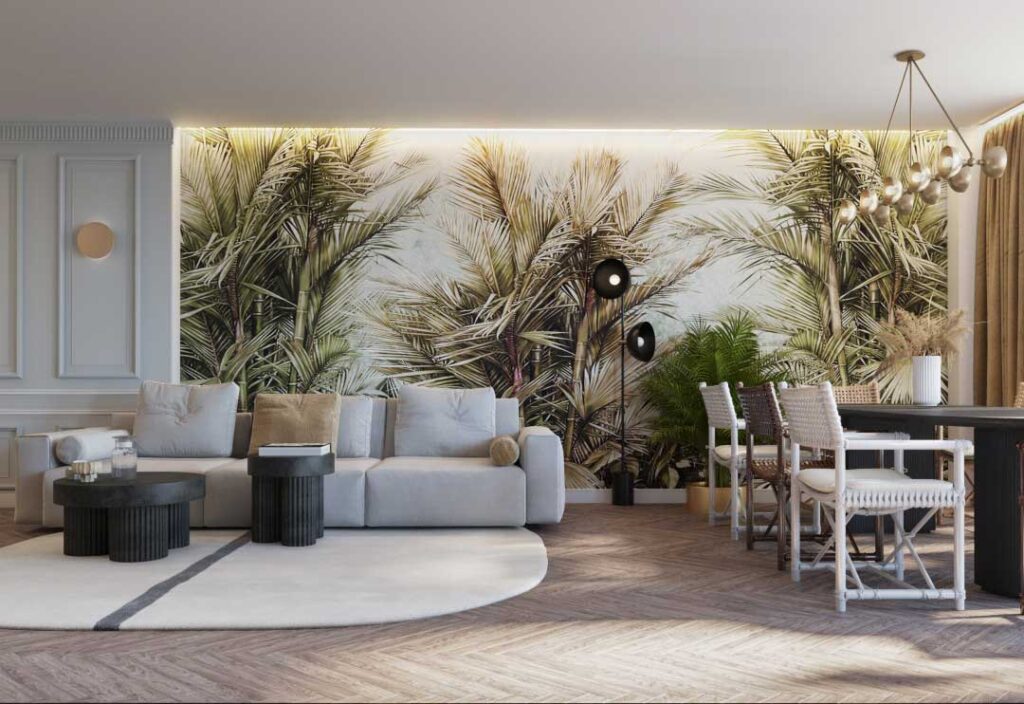To speak of a single “European lifestyle” is to embrace contradiction. Europe is a mosaic of languages, climates, and histories; yet when you zoom out, patterns emerge that feel distinctly European: a reverence for place, an insistence on public life, and a growing commitment to sustainable, human‑scaled living.
History shapes habit. Medieval street grids, Baroque plazas, post‑war social housing, and cutting‑edge eco‑districts sit side by side, inviting residents to move through time on their daily errands. This layered built environment encourages walking, lingering, and informal encounters key ingredients of social cohesion that anchor local identity even as cities globalize.
Food remains a cultural glue. Whether it’s the two‑hour Sunday lunch in rural France, cicchetti hopping in Venice, or the neighborhood market in Barcelona, meals are occasions for connection rather than refueling stops. Seasonal, regionally sourced ingredients still matter, and the resurgence of urban gardens and farmers’ cooperatives signals a desire to shorten the distance between soil and table.
Another hallmark is the value placed on leisure and work‑life balance. Generous vacation policies exist in many countries, but the underlying mindset shows up in evening strolls, café terraces that double as living rooms, and summer festivals that turn whole towns into temporary commons.
Rural revival is another emerging thread. As remote work loosens the grip of capital cities, initiatives from Portugal’s interior villages to Sweden’s archipelago islands are converting empty farmsteads and schools into creative hubs, attracting young families, artisans, and climate migrants. Multilingual schooling, high‑speed broadband, and micro‑grants for circular agriculture are helping reweave local economies while relieving pressure on overheated urban cores.
Modern Europe is also retooling for a lower‑carbon future. Expanding rail networks, cycling infrastructure, district heating, and adaptive reuse of old buildings reflect both climate pragmatism and heritage stewardship. Younger generations fold digital fluency into these traditions remote work from alpine co‑working chalets, art residencies in repurposed factories, pan‑European start‑up hubs in mid‑sized cities.
In the end, living the European way is less about geography than about everyday choices: prioritize people over cars, quality over speed, seasonality over uniformity, and shared spaces over private sprawl. From Lisbon to Ljubljana, these rhythms differ in detail but rhyme in intent for healthier communities. It’s a conversation between the past we inherit and the future we want to build played out every day in plazas, kitchens, trains, and small rituals of belonging.

